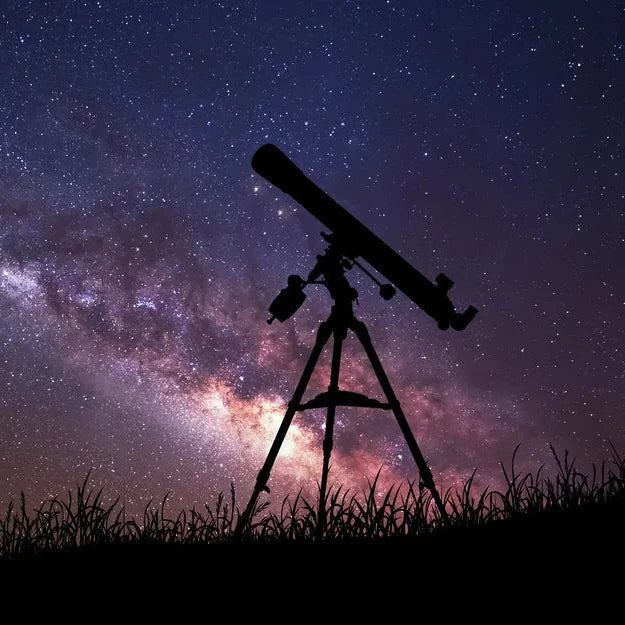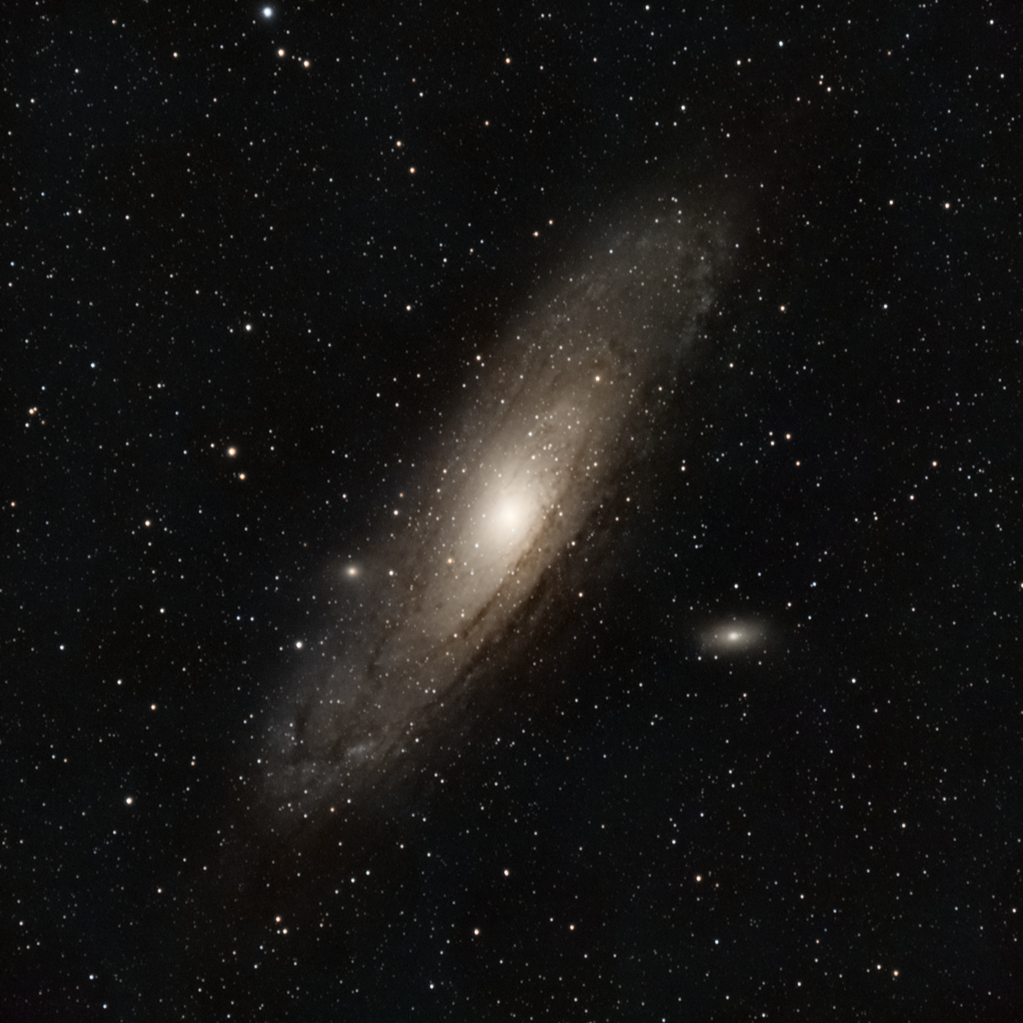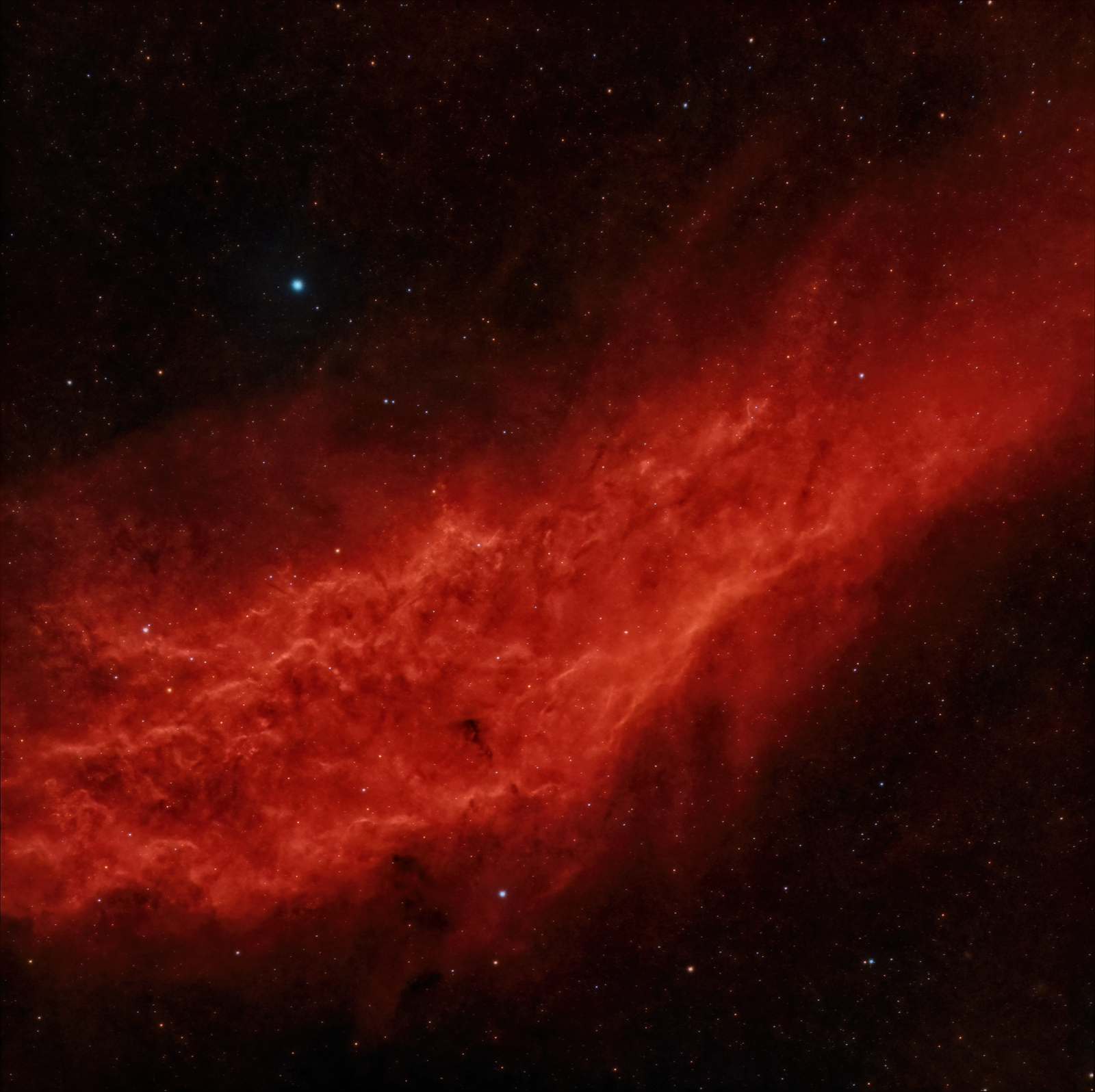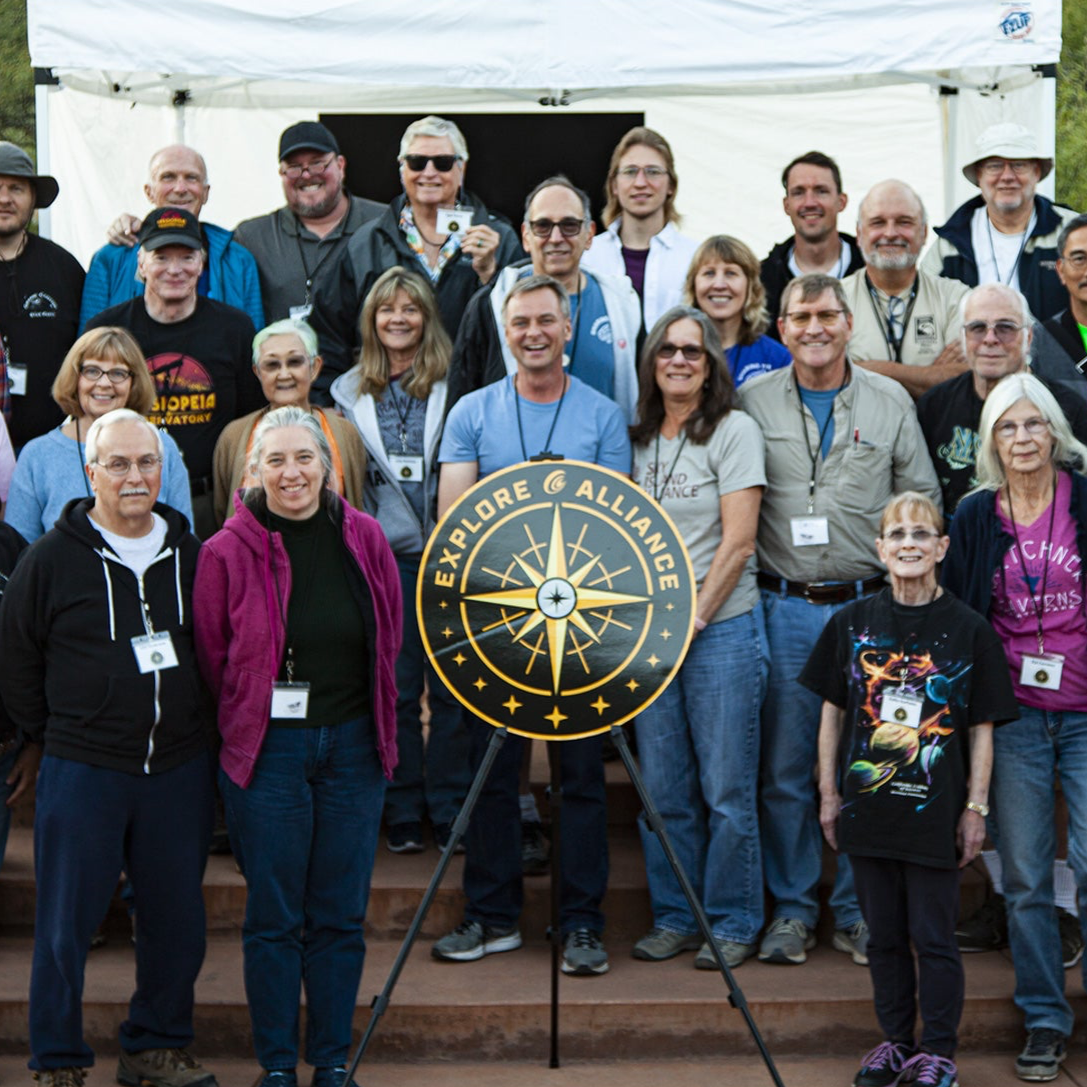Collimation
Video Transcript:
Hi everybody, it’s Mike Hatch with Explore Scientific.
Today were going to show you exactly how to collimate your refractor telescope.
What you’re going to need is; a Cheshire eyepiece, a hex wrench, and a flashlight.
So, collimation is the alignment of the lens cell on the end of your telescope.
The lens cell is what’s holding those optics in. So, you want to make sure those are aligned and centered to give you the best performance out of your telescope.
Now looking at our board here we've got 2 examples. One, of a collimated telescope and one that is out of collimation.
By looking through your Cheshire eyepiece you're going to be able to see crosshairs, or circles, depending on the design of your Cheshire.
A collimated telescope is gonna have one solid crosshair right in the middle of that lens cell.
An out of collimation telescope you're gonna see multiple crosshairs that are out of the center
Your goal is to bring those crosshairs into the center to create one bold crosshair.
So this is our Cheshire eyepiece, and you can find these across the web and order one at any range of price.
Now you will install this into the back of your telescope, into the focuser.
You’re then going to snug your tension collar to hold this in place.
You want to make sure that it's nice and flush against the end of that focuser to ensure an accurate collimation reading.
Once it’s installed in the back of the focuser, your gonna take your flashlight and shine it right through the top of that opening.
There's then gonna be a peephole in the back of the Cheshire and that’s how you will view the position of your collimation.
Now to understand the front of your telescope a little bit better, you will see three to four groupings of 2 screws around the front of your lens cell.
One is your adjusting screw, and one is your locking screw. The one on the right is your locking screw and you'll see that it's sticking out a little bit farther than the adjusting screw.
Now to start your collimation process, you're going to loosen this locking screw very slightly, anywhere from a quarter to half a turn.
Then you will be able to adjust your adjusting screw to achieve perfect collimation.
Here we have two examples; One of a collimated lens cell, and one that is out of collimation.
The collimated lens cell you can see there’s one solid crosshair in the center of the optics.
The out of collimation you'll see anywhere from two to three crosshairs that are out of place, not in the center.
So, our goal is to bring those in and stack them on top of each other to create that one solid crosshair.
Now after you've loosened your locking screw slightly, you are then going to evaluate the position of the out of place crosshairs.
You are then going to find the adjustment point that is opposite of those out of place crosshairs.
You will then adjust your adjusting screw, snug up all the locking screws around the lens cell
go back to the Cheshire eyepiece and evaluate your collimation
If it's still out of place you’ll go back to the front of the lens cell you’ll loosen up those locking screws, do your adjustments on your adjusting screw and go back to the Cheshire and repeat the process as necessary
And don't forget lock it. That will ensure that you're collimation will stay in place after it's been achieved.
Thanks for watching guys that is exactly how you collimate a refractor telescope so if you run into any problems or have any questions
go ahead and call our eight hundred number or reach out to our customer service through email They'll be able to help you with any of your needs











